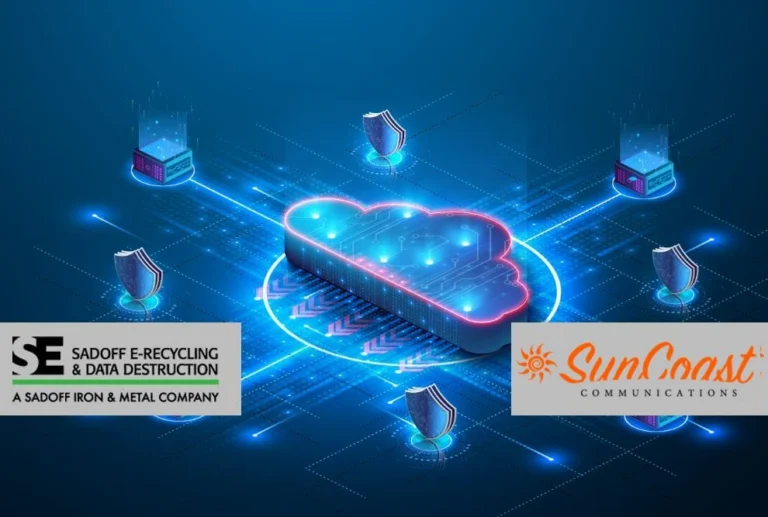5 Ways to Ensure a Successful Data Center Decommissioning
Data center decommissioning is a complex process, whether you’re upgrading, consolidating, or closing a facility. Careful planning and execution are essential for a smooth transition. Here are five key strategies to guide you through a successful decommissioning.
1. Develop a Comprehensive Plan:
Start with a well-defined plan that outlines the entire decommissioning process. This plan should include a detailed inventory of all hardware, software, and networking equipment within the data center. Establish a realistic timeline with clear milestones for each phase of the project. Clearly define roles and responsibilities for all involved parties, including your internal teams, vendors, and any external partners. And don’t forget to anticipate potential challenges and develop contingency plans to address them proactively.
2. Prioritize Data Security:

Data security should be a top priority throughout the entire decommissioning process. Implement strong measures to protect sensitive information at every step. This includes securely backing up and migrating all critical data to your new environment before decommissioning any hardware.
Ensure complete data sanitization from all storage devices before disposal or resale using certified data destruction methods like data wiping, degaussing, or physical destruction. Maintain a clear chain of custody for all data-bearing assets throughout the process to ensure compliance with data privacy regulations and avoid potential legal issues.
3. Maximize Asset Value:
Don’t underestimate the value of your outdated data center equipment. Explore options for maximizing your return on investment. Consider reselling equipment that still holds market value. Partner with a reputable IT asset disposition (ITAD) provider like SunCoast to assess your equipment and connect you with potential buyers.
Refurbishment can give old equipment a new lease on life, either for redeployment within your organization or for resale in the secondary market. Finally, ensure responsible recycling of any equipment that cannot be resold or repurposed by partnering with a certified e-recycler.
4. Minimize Downtime and Disruption:
With careful planning, you can minimize downtime and disruptions to your operations during the decommissioning process. Consider a phased approach to decommissioning equipment, allowing you to maintain critical services while transitioning to your new environment.
Ensure you have redundant systems and failover mechanisms in place to maintain business continuity. Clear and consistent communication with all stakeholders is essential throughout the process to keep everyone informed and aligned.
5. Choose the Right Partners:
Partnering with experienced professionals can significantly simplify the decommissioning process and contribute to its success. Engage an ITAD provider like SunCoast with expertise in data center decommissioning, IT asset management, and secure data destruction.
Choose a certified e-recycler with a proven track record of responsible e-waste management. And finally, work with reliable logistics providers to ensure the safe and efficient transportation of your equipment.
By following these strategies, you can decommission your data center successfully, minimizing risks, maximizing value, and protecting your business interests.
Data Center Decommissioning Done Right
SunCoast Communications: Your Partner in Data Center Decommissioning
SunCoast Communications offers comprehensive data center decommissioning services to help you navigate this complex process. We have expertise in IT asset inventory and valuation, secure data destruction, and overall project management. Contact SunCoast today to learn more about our services and how we can help you achieve a smooth and successful data center decommissioning.







